Kathmandu — Nepal is in political turmoil after days of fierce protests led by Generation Z forced Prime Minister KP Sharma Oli to resign. The demonstrations, which turned deadly, have left dozens dead, hundreds injured, and the nation facing a leadership vacuum that now involves the army as a central mediator.
Anger of a Generation
The unrest was triggered when the government imposed — and later lifted — a ban on popular social media platforms. For many young Nepalis, this move symbolized censorship and an assault on free speech. But the protests quickly grew into something larger: a rejection of entrenched corruption, nepotism, and the political dominance of elites.
Many demonstrators expressed frustration at what they call a “nepo-kid culture,” in which children of political leaders flaunt privilege while ordinary youth face unemployment and rising inequality. For Gen Z protesters, the ban was just the spark that ignited long-simmering anger.
From Protest to Chaos
What began as peaceful demonstrations spiraled into violent clashes. Security forces used tear gas, rubber bullets, and even live fire in attempts to disperse crowds. Protesters retaliated by storming government buildings, setting fires, and targeting homes of political figures.
The violence left at least 30 people dead and more than a thousand injured. A nationwide curfew was imposed, and the Nepal Army was deployed to maintain control in Kathmandu and other cities.
Leadership Crisis
Prime Minister Oli stepped down amid mounting pressure, but his resignation has only deepened the political uncertainty. Protest leaders have demanded an interim government free of the traditional party structure. Former Chief Justice Sushila Karki has emerged as a possible caretaker leader, though some youth factions have pushed for alternatives such as respected technocrats.
The Gen Z movement remains divided over who should lead, but united in their call for sweeping reforms — from greater accountability to constitutional changes.
Army as Mediator
The Nepal Army, while insisting it does not seek political power, has positioned itself as a stabilizing force. Its leaders are now in talks with youth representatives to help broker the formation of a transitional authority.
The army’s role is critical: with the civilian government paralyzed and parliament discredited, many see the military as the only institution capable of preventing further chaos. Still, its involvement raises questions about the balance between stability and democracy.
What Lies Ahead
Nepal now faces an uncertain path. The protesters are demanding systemic change, not just new faces in old positions. The political elite, however, may resist reforms that undermine their hold on power.
For a country still rebuilding after years of instability and conflict, the choices made in the coming weeks could reshape Nepal’s democracy — or plunge it into deeper turmoil.

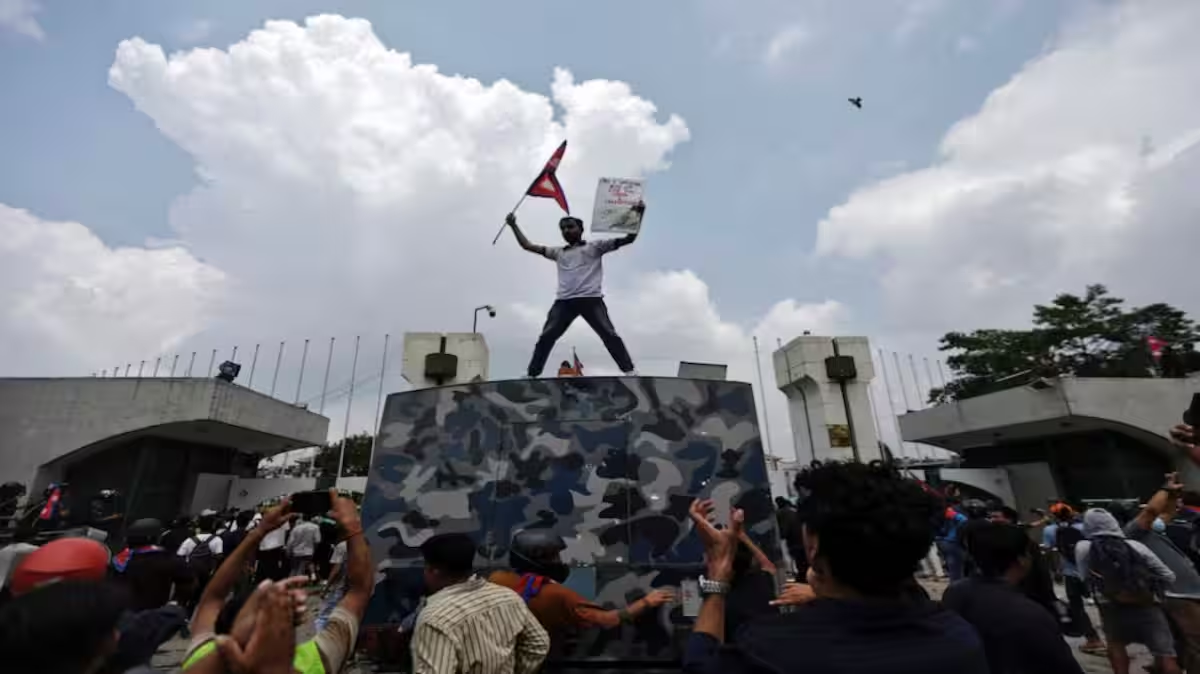
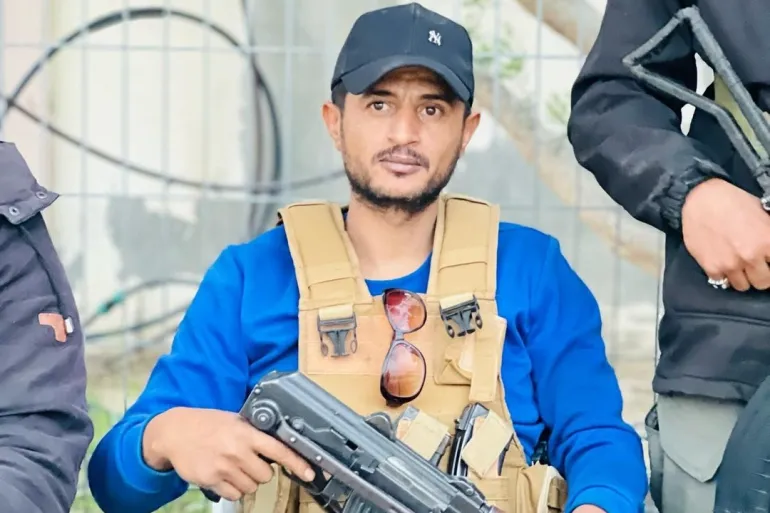
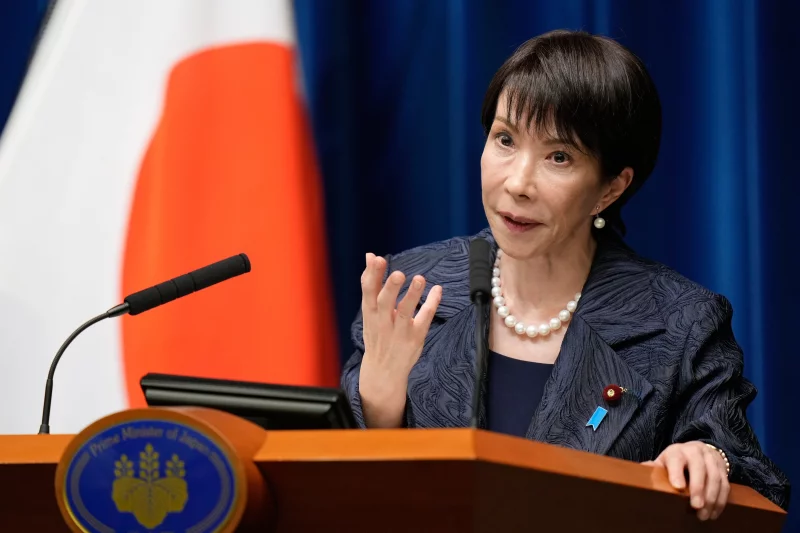
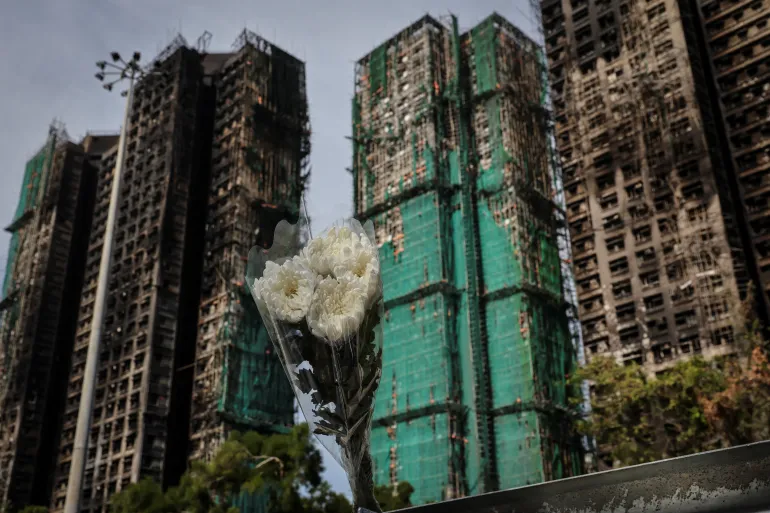
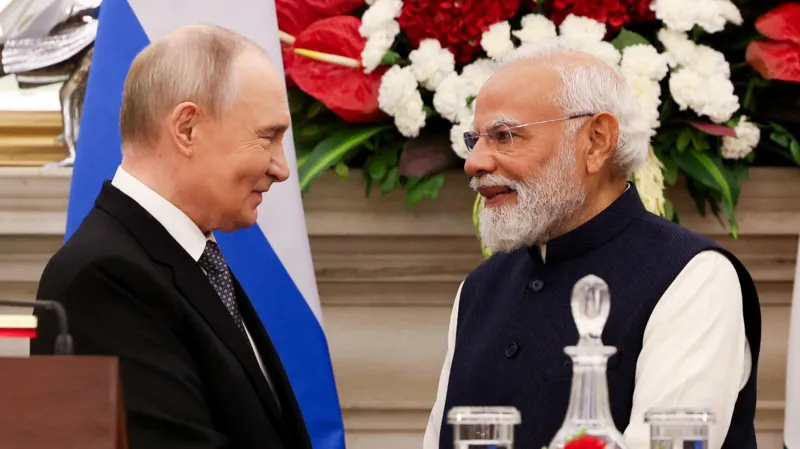
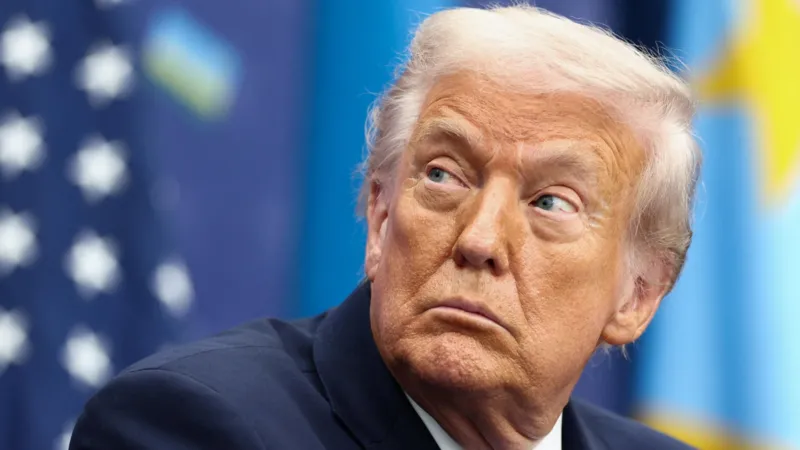
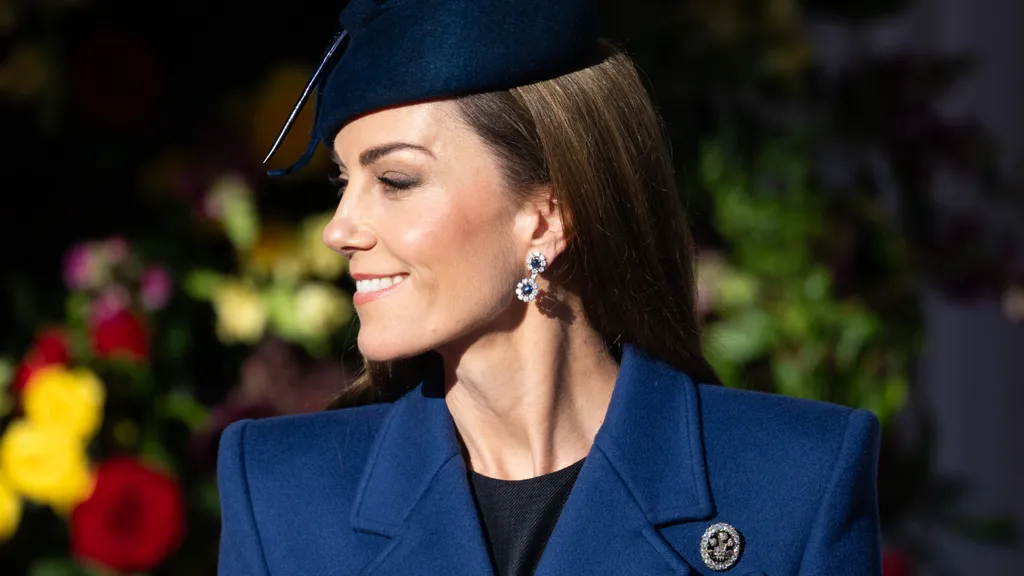
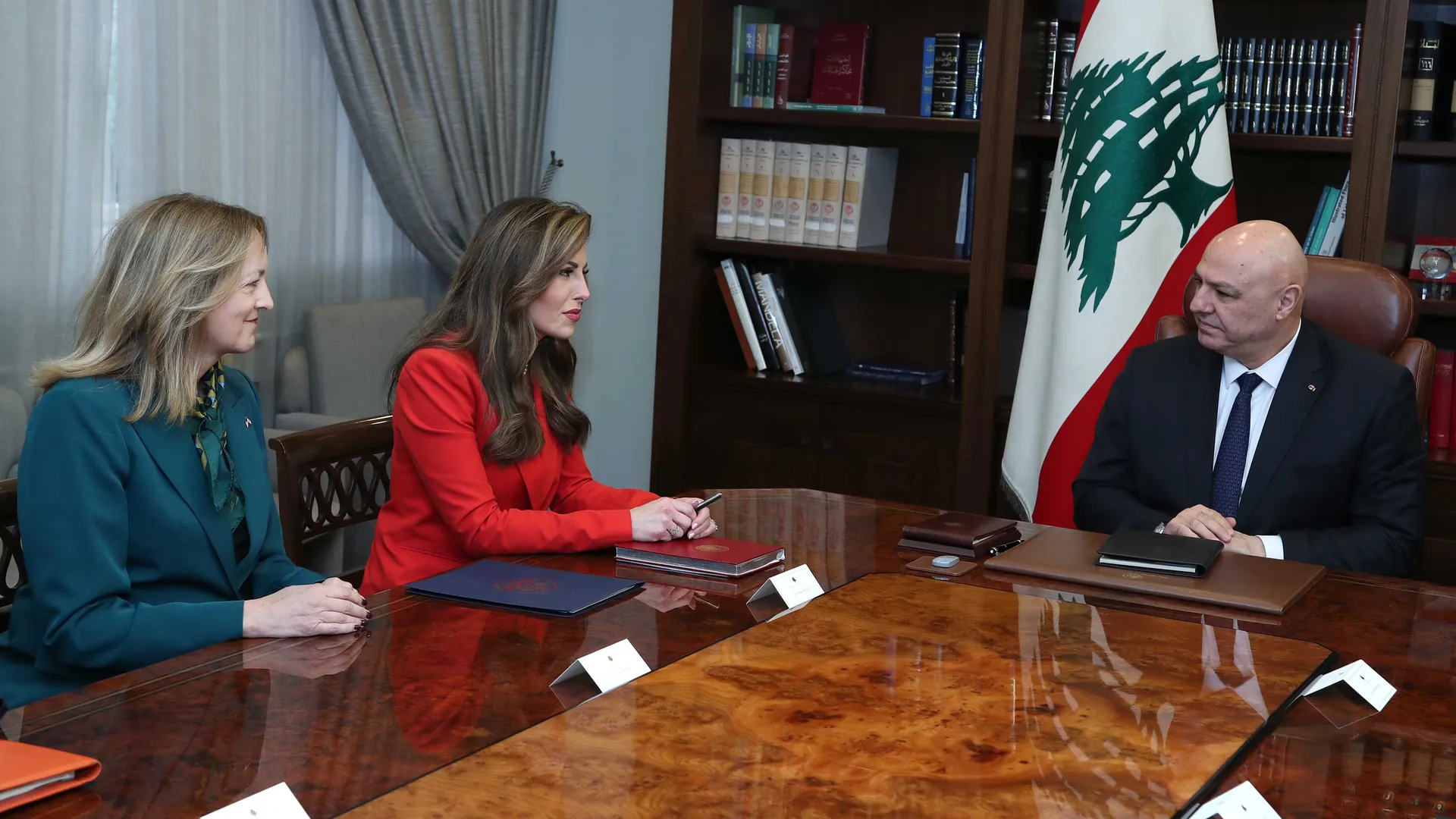

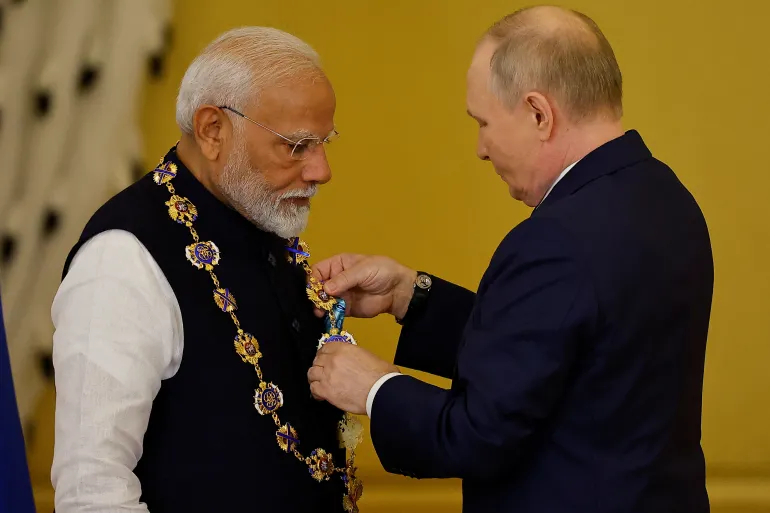


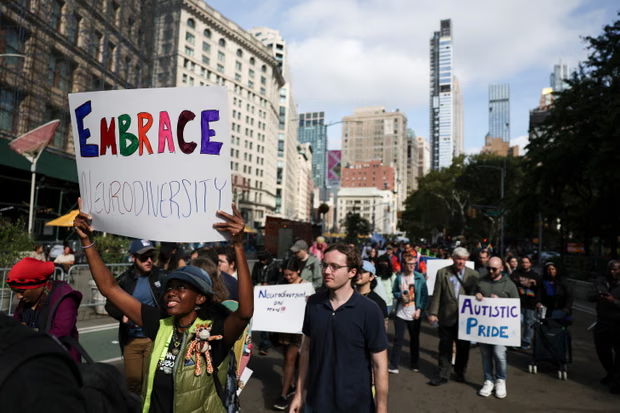


Leave a Reply